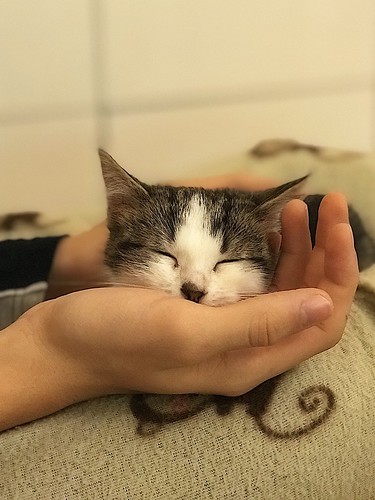Ically plausible neural model separately to evaluate each visual pathways in
Ically plausible neural model separately to evaluate both visual pathways in biological motion recognition. These approaches are constructed with feedforward architecture and by modeling neural mechanism in intermediate and larger visual locations of your dorsal stream such as middle temporal (MT) and lateral medial superior temporal (MST). However, these approaches largely ignore some properties of neurons in V as a beginning area of visual cortex, including inseparable properties of the classical RF of several straightforward cells in space and time. It hampers the processing in the shape data addressed in ventral stream plus the analysis of motion details involved in dorsal stream. Furthermore, biological motion recognition might be realized in the human visual PIM-447 (dihydrochloride) cortex with latencies of about 50ms and in some cases more quickly [6], which, thinking about the visual pathway latencies, might only be compatible with a incredibly precise processing architecture and mechanism. There’s a neural computational theory support this mechanism, which pattern motion is computed in V where endstopped cells could be involved in encoding pattern motion because they respond well to line terminators (or options) moving in their preferred direction and speed [7], [8]. The network models incorporated with feedback mechanisms have also been proposed to support the concept that pattern motion can be computed at the V stage [9]. In pc vision, Kornprobst [0] demonstrated that early visual processes in V could be sufficient to perform such activity of human action recognition. Although computation of pattern motion is dynamical more than space and time and is restricted in V to decrease computation load, it does not accomplish the much better performance of human action recognition given that a lot of essential properties of cells in V aren’t thought of. As a result, it nonetheless need to have additional study of bioinspired approaches for human action recognition primarily based on the properties of cells in V. Within this paper, a new bioinspired model is proposed for genuine video analysis and recognition of human actions. It focuses on three parts: ) perceiving the spatiotemporal details by modeling properties of cells in V including spatiotemporal properties of classical receptive field (RF) and surround suppression; two) automatically detecting and localizing moving object (human) within the scene with visual focus constructed by the spatiotemporal facts, and three) encoding spike trains automatically generated by spiking neurons for action recognition. Based on RF properties of single neuron in V, you will find 3 simple RF forms : oriented RFs, nonoriented RFs, and nonoriented huge field. In general, cells with oriented RFs are broadly modeled with filter bands to detect data within a path from pictures or videos, which include 2D Gabor bands in [2] and spatiotemporal filters in [3], whereas cells with nonoriented RFs are not thought of to accomplish for it, but, by most accounts, respond optimally to moving  stimuli over a restricted selection of velocities. Moreover, to get a majority of cells, the spatial structure from the RF changes as a function of time may be characterized inside the spacetime domain [4]. These properties facilitates the detection of spatiotemporal details in different directions PubMed ID:https://www.ncbi.nlm.nih.gov/pubmed/24066916 and at distinct speeds.PLOS 1 DOI:0.37journal.pone.030569 July ,two Computational Model of Main Visual CortexIn addition, neurophysiological research have also shown that the responses of neurons in V are suppressed by stimuli supplied by the area surrounding the RF.
stimuli over a restricted selection of velocities. Moreover, to get a majority of cells, the spatial structure from the RF changes as a function of time may be characterized inside the spacetime domain [4]. These properties facilitates the detection of spatiotemporal details in different directions PubMed ID:https://www.ncbi.nlm.nih.gov/pubmed/24066916 and at distinct speeds.PLOS 1 DOI:0.37journal.pone.030569 July ,two Computational Model of Main Visual CortexIn addition, neurophysiological research have also shown that the responses of neurons in V are suppressed by stimuli supplied by the area surrounding the RF.
